10 Perfect Plants for Attracting Hoverflies Naturally
Hoverflies are not only beneficial for pollination but also act as natural pest controllers, making them valuable additions to any garden.
By planting specific flowers and plants that attract hoverflies, you can promote a balanced, healthy garden ecosystem.
These 10 beautiful plants are perfect for drawing hoverflies to your outdoor space, adding color, charm, and natural pest control.
Explore these plant options to create a garden that thrives while attracting helpful pollinators and pest controllers.
Maximilian Sunflower
Maximilian sunflower brings a bold touch to any garden with its towering height, reaching up to 10 feet and spreading to 4 feet wide. This sunflower’s golden blooms not only brighten up the landscape but also attract a range of pollinators, from bees to hover flies, contributing to a healthy garden ecosystem.
These cheerful blooms thrive in full sunlight, adding a majestic presence to naturalized areas.
Common Yarrow
Common yarrow displays a delicate beauty with clusters of tiny, flat-topped flowers, often in white but also in various shades like pink, red, and purple. This wildflower is incredibly resilient and blooms all summer, thriving in sunny areas.
Its soft, fern-like foliage adds texture to gardens, while its drought tolerance makes it a low-maintenance choice, inviting you to enjoy its charm without much effort.
Purple Coneflower
Purple coneflower combines resilience with grace, presenting large, daisy-like petals in vibrant shades of purple surrounding a dark central cone. Known for its long bloom time, this native wildflower flourishes in full sun or part shade, making it a favorite among gardeners and pollinators alike.
A magnet for butterflies, its sturdy presence adds a pop of color that’s both hardy and elegant.
Black-Eyed Susan
Black-eyed Susan offers a classic, sunny appearance with deep brown centers and bright yellow petals radiating outward. Resembling small sunbursts, these daisy-like blooms stand out beautifully in any garden and naturally attract pollinators, bringing life and movement to the landscape.
As a native plant, it thrives in a variety of conditions, making it an ideal choice for those wanting beauty with minimal care.
Wild Mock Orange
Wild mock orange fills the air with fragrance, producing clusters of creamy white flowers that emit a sweet, citrusy scent, reminiscent of oranges and a hint of pineapple. The blooms, which appear in early summer, attract bees and butterflies, adding a touch of elegance to hedges or garden borders.
This shrub combines both beauty and scent, making it an enchanting addition to any space you frequent.
American Angelica
American angelica is a majestic wildflower with large, rounded clusters of creamy-green flowers that stand tall, reaching up to six feet or more. Its impressive structure makes it a striking addition to rain gardens, wetland areas, or anywhere with consistent moisture.
You’ll find this plant not only adds height and drama but also supports pollinators with its generous blooms.
Great Blanket Flower
Great blanket flower adds rich warmth with its striking red petals tipped in yellow, creating a vibrant contrast that blooms throughout the summer. These cheerful flowers are ideal for pollinator gardens, providing bees and butterflies with a reliable source of nectar.
Growing easily in sunny, dry areas, it’s an attractive, hardy choice that enhances any garden with its lively, multi-colored blooms.
Lanceleaf Coreopsis
Lanceleaf coreopsis blooms with sunny, delicate flowers that display simple, bright yellow petals around a golden center. This easy-to-grow perennial brings beauty to gardens with its long blooming season and natural adaptability, thriving in a range of conditions.
Its cheerful presence attracts pollinators and creates a soft, meadow-like effect, adding lightness and joy to garden spaces.
Meadowfoam
Meadowfoam captivates with delicate, unique blooms resembling tiny eggs with white-tipped petals and yellow centers. Flowering profusely in spring, this low-growing plant creates a carpet of beauty, especially in moist areas or near water features.
Meadowfoam’s charming flowers attract beneficial insects, enhancing biodiversity while adding a sweetly whimsical touch to your garden.
Sneezeweed
Sneezeweed radiates charm with clusters of small, bright yellow flowers that feature a slight, rounded center. Despite its playful name, this plant won’t cause sneezing but instead brings a touch of cheer to the late summer garden, when many other flowers have faded.
It’s a great choice for sunny borders or wildflower gardens, drawing in bees and butterflies while adding a warm, golden glow to the landscape.

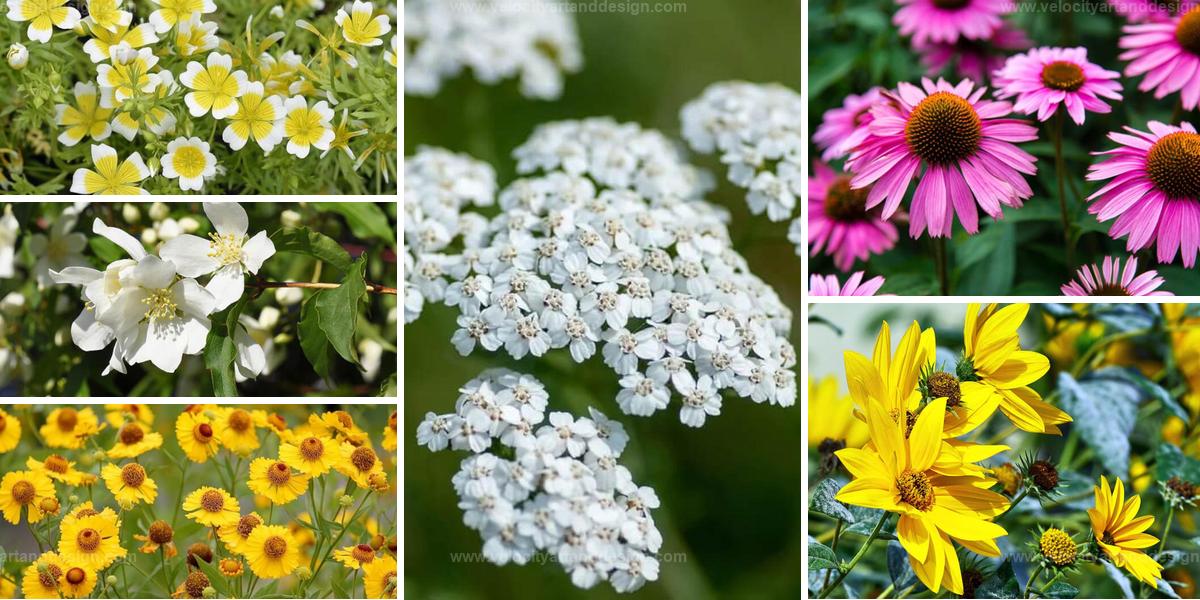
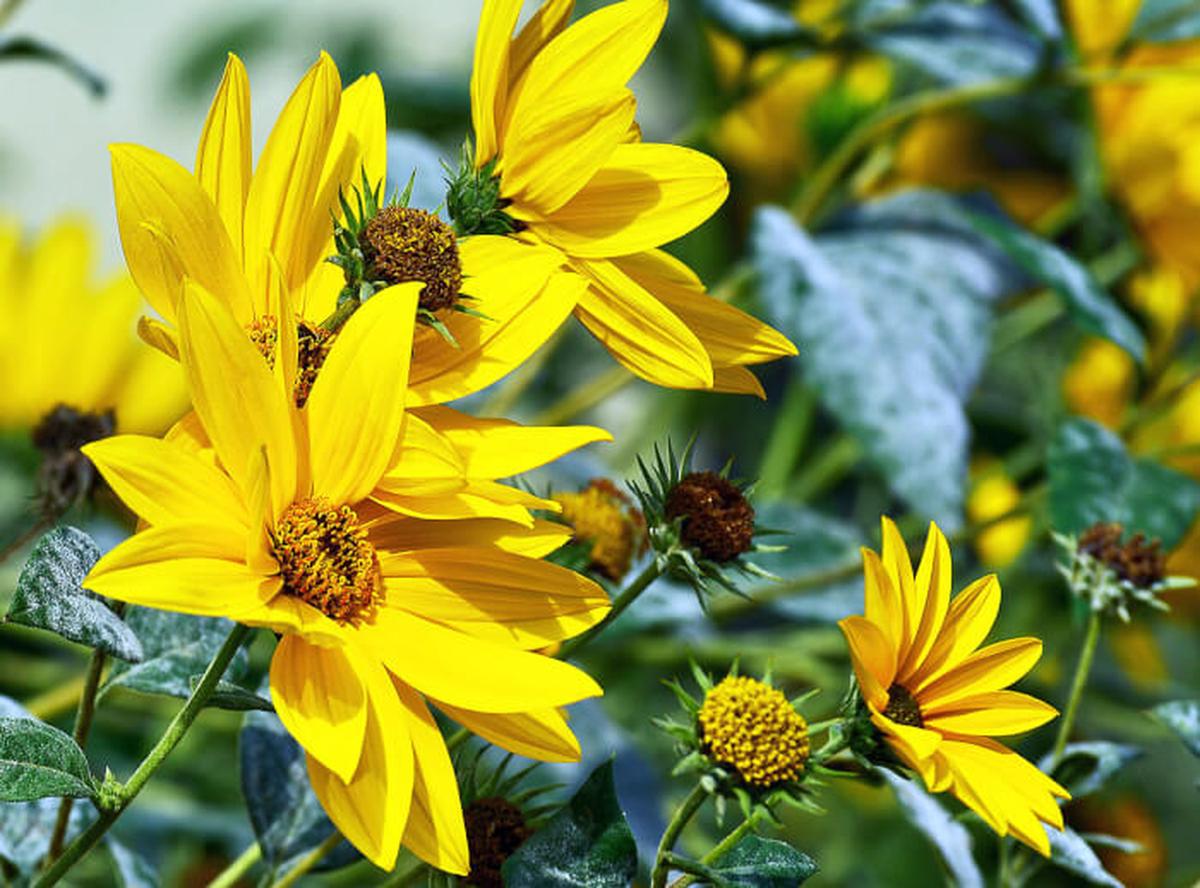
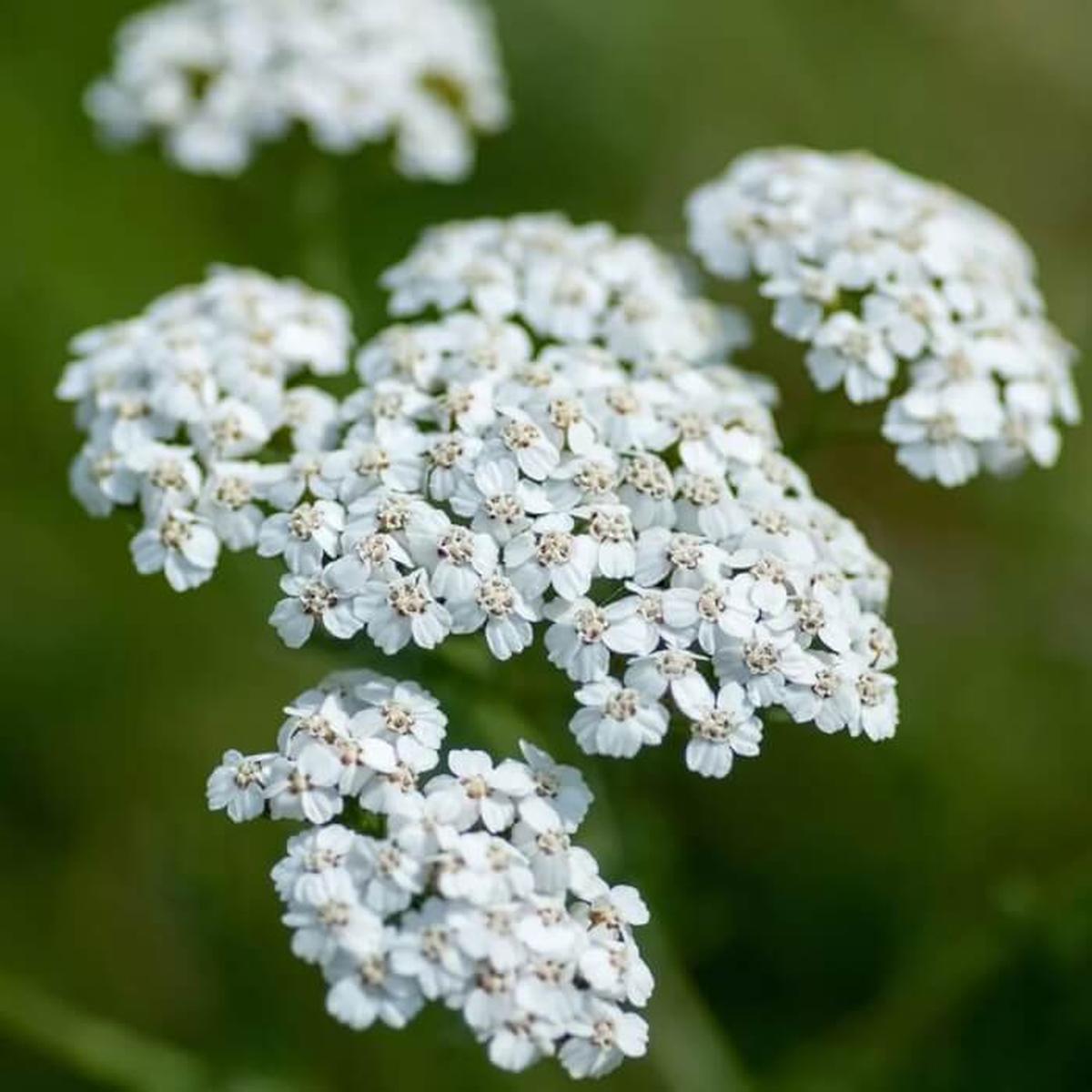
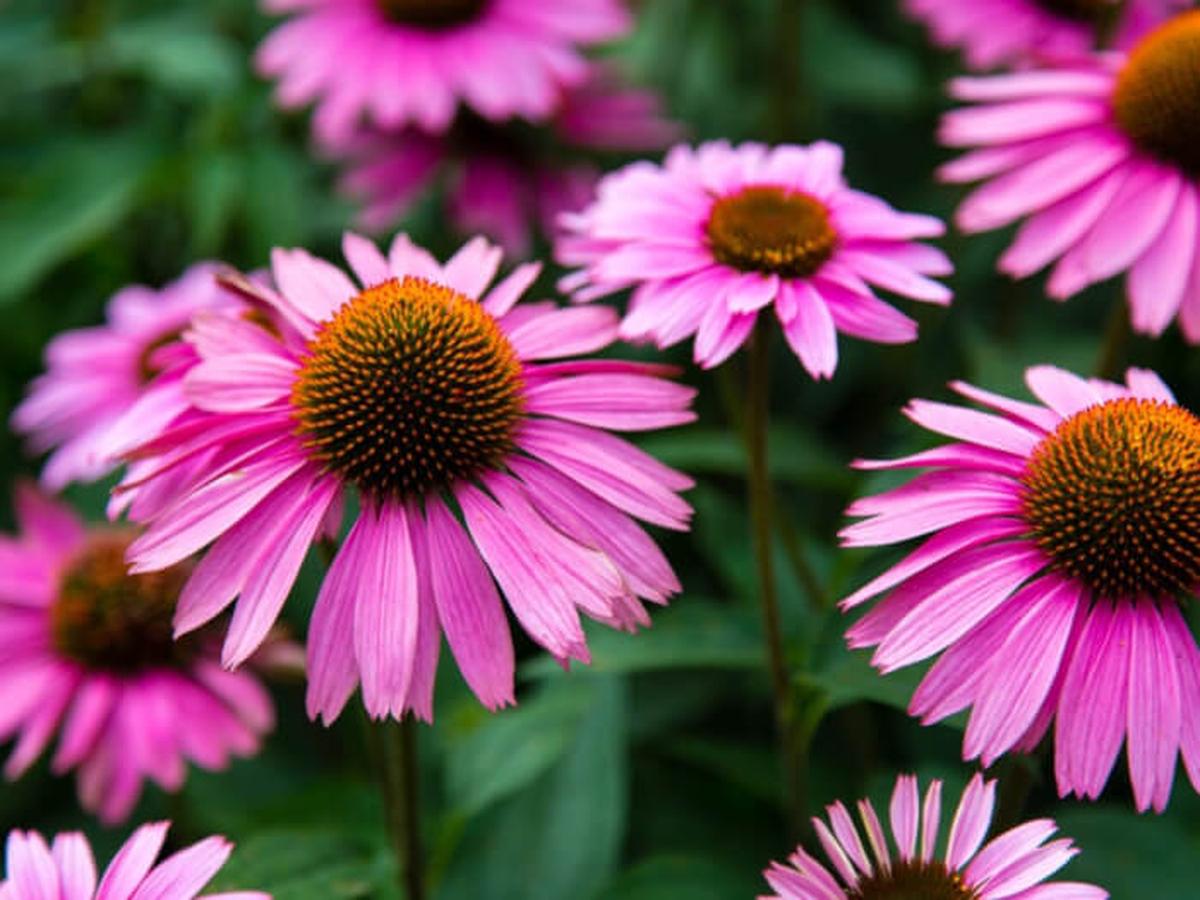
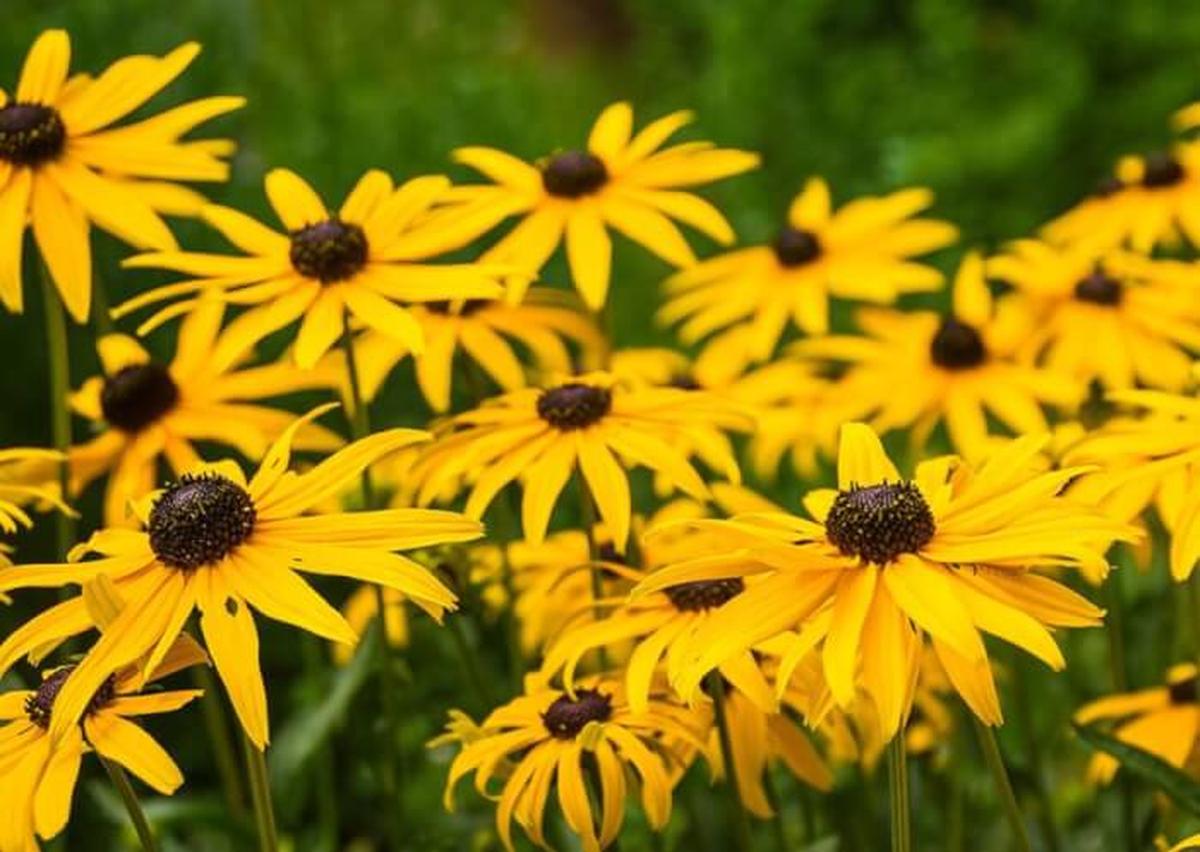
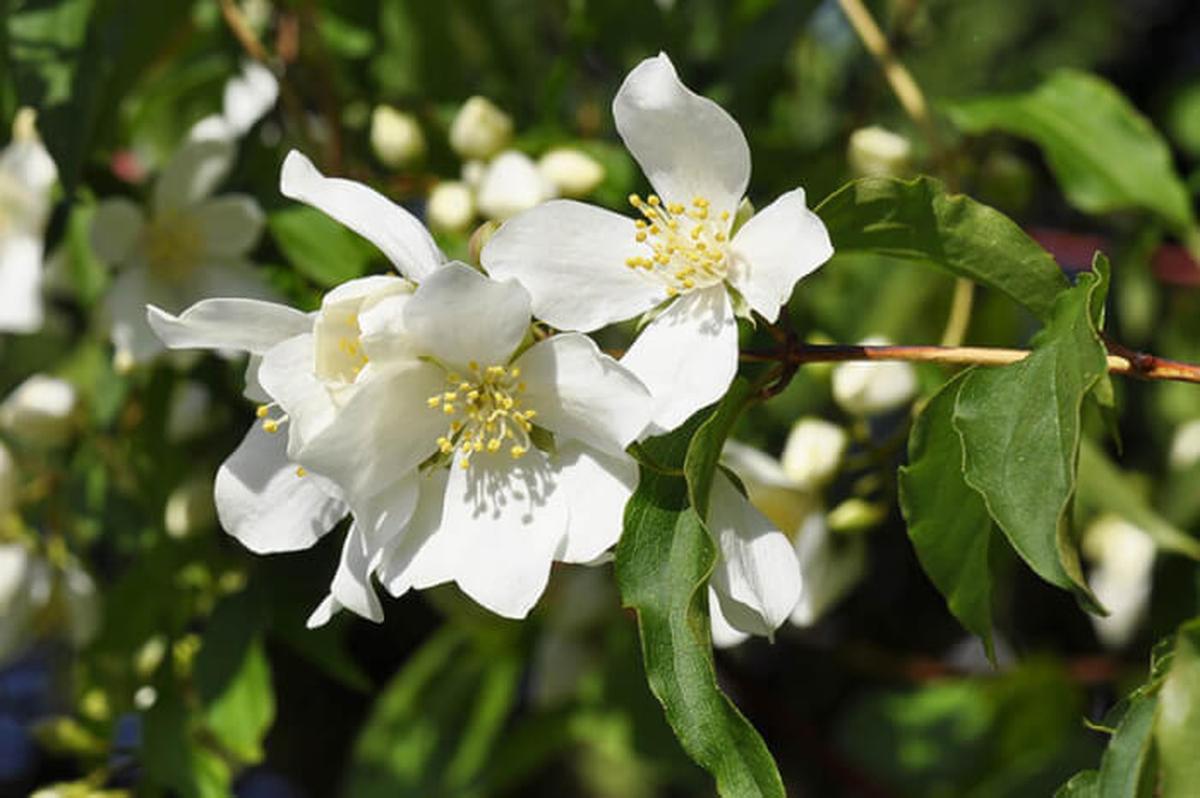
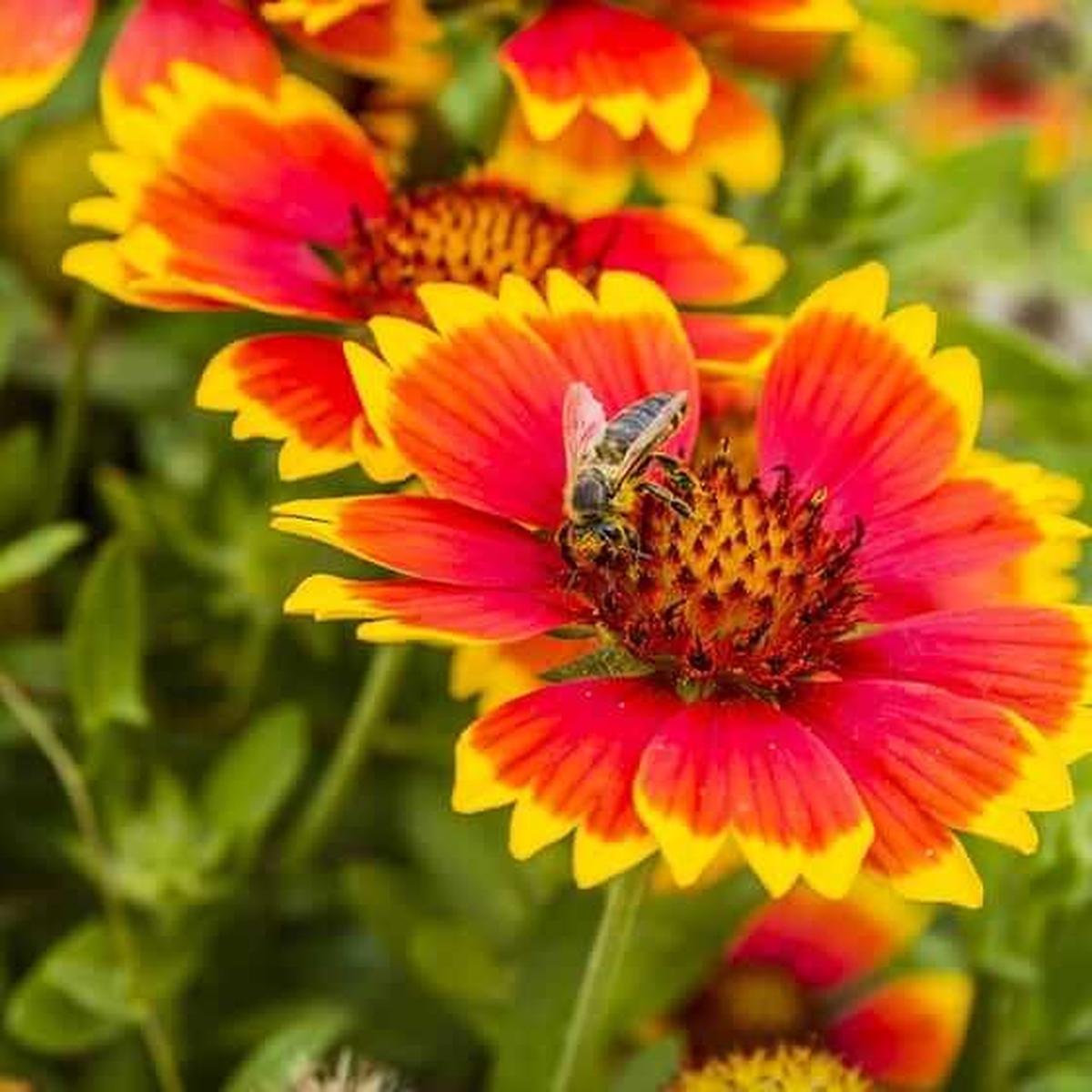
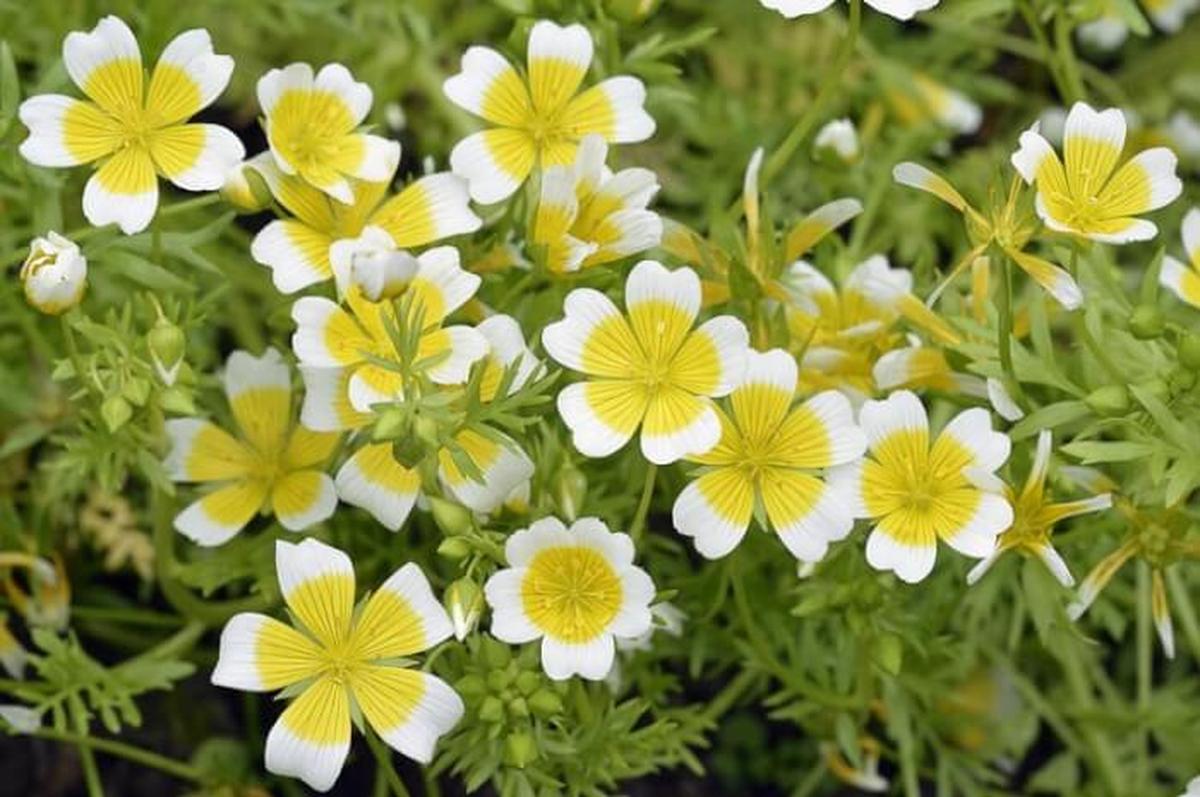
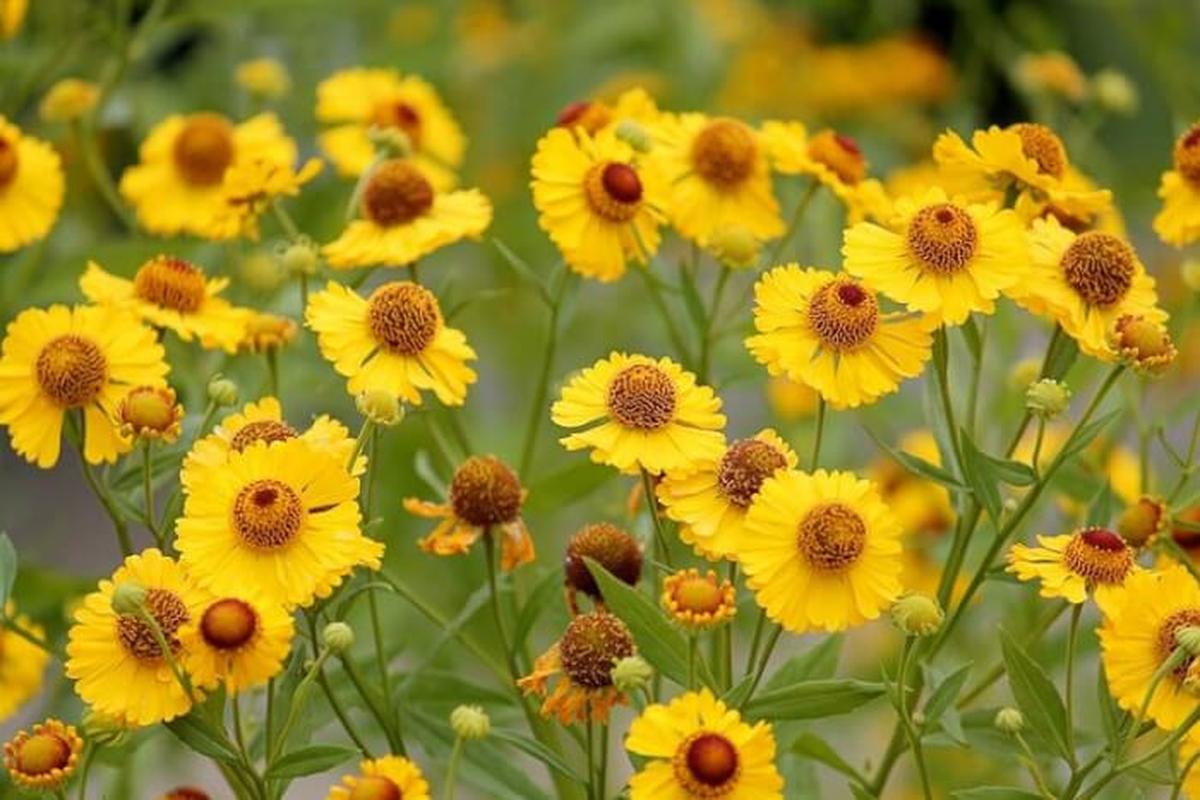
James Turner
Founder & Lead Designer
Expertise
Interior Design, Sustainable Design Practices, Spatial Planning, Innovative Material Applications, Contemporary Art Techniques, Visual Communication, Multimedia Artistry, DIY Design and Home Projects, Eco-Friendly Living Spaces, Creative Solutions
Education
University of Cincinnati College of Design, Architecture, Art, and Planning (DAAP)
Columbus College of Art & Design (CCAD), Columbus, OH
James Turner is the founder and lead designer at Velocity Art and Design. He studied Interior Design at the University of Cincinnati, focusing on eco-friendly design and smart use of space.
Later, he expanded his artistic skills with a Fine Arts Certificate from the Columbus College of Art & Design, where he learned about modern art and visual storytelling.
With over 10 years in design, James is passionate about making spaces that are both beautiful and practical. He shares his DIY tips and creative ideas to inspire others to explore their own creativity and transform their living spaces.